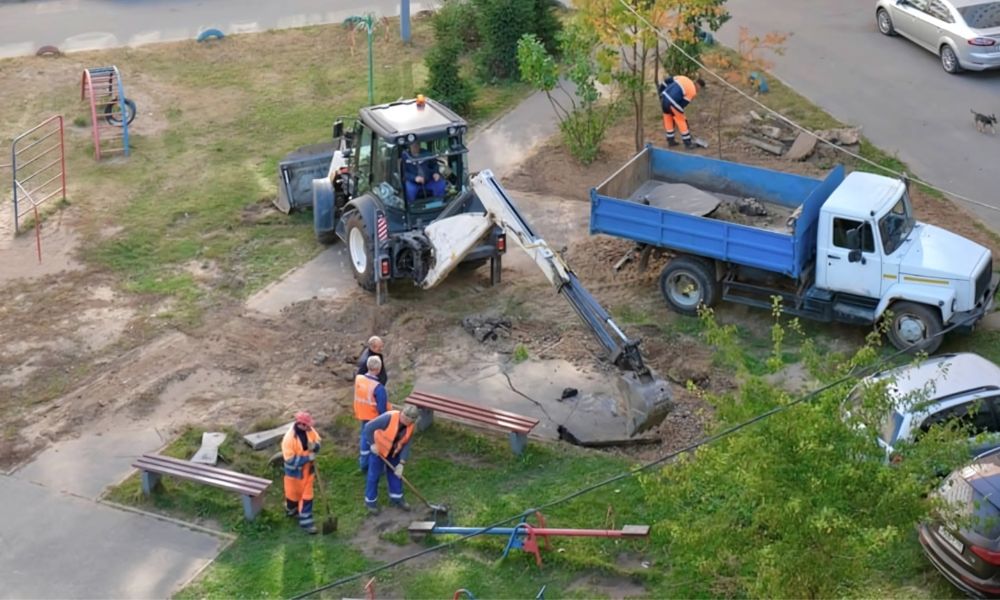Construction estimation is essential for determining project budgets, timelines, and resources, directly impacting project success. While traditional estimation methods have been around for decades, digital estimation tools are now transforming the industry with speed and precision.
This guide will compare traditional and digital estimation methods, highlighting the benefits and challenges of each approach to help you choose the best method for your projects.
The Importance of Accurate Estimation in Construction
Accurate estimation ensures that a project is financially viable, resource-efficient, and completed within budget. Estimation errors can lead to costly overruns, project delays, or compromised quality. By comparing traditional and digital methods, estimators can better understand which approach suits their needs and helps achieve accurate estimates.
What are Traditional Estimation Methods?
Traditional estimation methods rely on manual calculations, physical blueprints, and on-paper quantity takeoffs. Estimators use pen-and-paper calculations or basic tools like calculators and spreadsheets to create estimates, often drawing from experience and historical data.
Key Features of Traditional Estimation
- Manual Calculations: Estimators measure quantities from blueprints and calculate costs manually.
- Experience-Based Estimating: Estimators rely on personal expertise, industry standards, and past projects.
- Physical Document Handling: Traditional methods use paper blueprints, drawings, and printed documents.
- Basic Tools: Simple tools, such as calculators and Excel spreadsheets, are commonly used for calculations and record-keeping.
Advantages of Traditional Estimation Methods
- Familiarity: Traditional methods are often preferred by experienced estimators who have used them successfully for years.
- Simplicity: Without complex software, traditional methods offer a straightforward approach.
- Low Initial Costs: With minimal reliance on software, traditional methods involve fewer upfront costs, making them accessible to small businesses or individual contractors.
Disadvantages of Traditional Estimation Methods
- Time-Consuming: Manual calculations and quantity takeoffs can take significantly longer than digital methods.
- Risk of Human Error: Manual processes increase the likelihood of errors, which can impact budget accuracy.
- Limited Collaboration: Traditional methods are less conducive to sharing and real-time collaboration with project teams.
- Storage and Retrieval: Paper documents can be difficult to organize and retrieve, leading to inefficiencies in project documentation.
What are Digital Estimation Methods?
Digital estimation methods utilize specialized software to automate calculations, perform quantity takeoffs, and generate cost breakdowns. These tools can import digital blueprints and allow estimators to measure, calculate, and update costs efficiently, often with cloud-based options that support collaboration.
Key Features of Digital Estimation
- Automated Calculations: Software performs quantity takeoffs, measurements, and calculations with speed and accuracy.
- Data-Driven Estimation: Historical data and industry benchmarks help in refining estimates.
- Digital Document Handling: Digital tools allow estimators to work from digital blueprints, PDFs, and BIM models.
- Collaborative Features: Cloud-based platforms enable team collaboration and instant updates.

Advantages of Digital Estimation Methods
- Speed and Efficiency: Automated calculations and digital takeoffs reduce time spent on estimating, improving productivity.
- Increased Accuracy: Digital tools minimize human error, enhancing precision in quantity and cost estimates.
- Collaboration and Access: Cloud-based platforms allow team members to access, update, and review estimates from anywhere.
- Data Integration and Storage: Digital methods store all documents and data in a centralized location, making retrieval and analysis easier.
Disadvantages of Digital Estimation Methods
- Learning Curve: Digital estimation tools often require training, particularly for those accustomed to traditional methods.
- Software Costs: Digital estimation tools can be expensive, involving upfront costs, subscription fees, or licensing.
- Dependence on Technology: Digital estimation methods require reliable internet and software support, which can be challenging in remote or disconnected locations.
- Risk of Data Security: Sensitive project data is stored digitally, making it essential to ensure data security and prevent unauthorized access.
Comparing Key Aspects of Traditional vs. Digital Estimation Methods
Speed
- Traditional Methods: Manual calculations and measurements can be time-consuming, particularly for large projects with complex requirements.
- Digital Methods: Digital tools automate many processes, such as quantity takeoffs and cost calculations, saving time and enabling faster estimates.
Accuracy
- Traditional Methods: While experienced estimators can achieve high accuracy, manual processes are prone to error, especially with repetitive calculations.
- Digital Methods: Digital tools increase accuracy by eliminating manual errors and providing precise measurements directly from digital blueprints.
Cost
- Traditional Methods: Lower initial costs as they don’t require advanced software, making them accessible to smaller firms.
- Digital Methods: High upfront costs and possible recurring fees but offer long-term savings by improving efficiency and reducing rework.
Scalability
- Traditional Methods: Less scalable, as they rely on individual effort and physical storage, making them inefficient for large projects.
- Digital Methods: Highly scalable, supporting large projects with numerous stakeholders and extensive data storage needs.
Collaboration
- Traditional Methods: Limited collaboration due to reliance on physical documents, which must be manually shared with others.
- Digital Methods: Cloud-based features support real-time collaboration, allowing multiple stakeholders to review and contribute to estimates simultaneously.
Data Storage and Retrieval
- Traditional Methods: Physical documents are harder to store, organize, and retrieve, making it challenging to track historical data.
- Digital Methods: Digital storage centralizes data, simplifying retrieval, analysis, and historical comparisons.
Best Situations to Use Traditional Estimation Methods
Traditional estimation methods can be advantageous for:
- Small-Scale Projects: Simpler projects with low budgets or shorter timelines can benefit from the straightforward nature of traditional methods.
- Budget Constraints: Small companies or individual contractors with limited budgets may opt for traditional methods due to lower initial costs.
- Limited Access to Technology: In areas where technology is inaccessible or impractical, traditional methods provide a viable alternative.
Best Situations to Use Digital Estimation Methods
Digital estimation methods are especially useful for:
- Large-Scale Projects: Complex projects with high volumes of data and multiple stakeholders benefit from the speed and scalability of digital tools.
- Long-Term Efficiency: For companies seeking to streamline workflows and reduce long-term costs, digital methods provide a sustainable solution.
- Team Collaboration: Digital methods support projects that require input from diverse teams, enabling remote access and real-time updates.
The Role of Technology in Shaping Future Estimating Practices
The shift from traditional to digital estimation is transforming the construction industry, enhancing efficiency, accuracy, and collaboration. Emerging technologies, such as AI and machine learning, promise to make estimation even more accurate by analyzing data patterns and predicting costs more reliably.
Current Trends in Digital Estimating:
- Cloud-Based Platforms: Cloud computing allows remote access to estimating tools, ideal for projects with distributed teams.
- Integration with BIM: Building Information Modeling (BIM) integrates estimating with 3D models, improving accuracy and visualization.
- Artificial Intelligence: AI algorithms can analyze historical data to predict costs and suggest budget adjustments based on past projects.
Conclusion
Both traditional and digital estimation methods have their strengths and weaknesses, and the choice often depends on project size, budget, and team requirements. For simple, low-budget projects, traditional methods offer a straightforward approach, while digital methods are ideal for complex projects that benefit from speed, accuracy, and collaboration.
As technology advances, digital estimation methods are becoming increasingly popular, setting a new standard for the industry.
Want to Excel in Construction Estimating?
Ready to master both traditional and digital estimation methods? Enroll in our Quantity Surveying Course Online! This comprehensive course covers essential estimating techniques, software tools, and best practices to help you build a successful career in construction. Learn how to choose the best methods for every project type and produce accurate, reliable estimates.
[Sign up today and take your estimating skills to the next level!]




